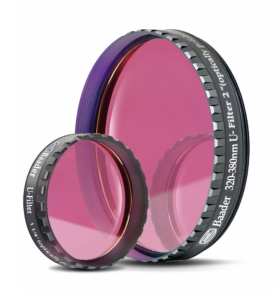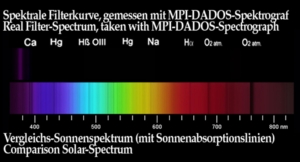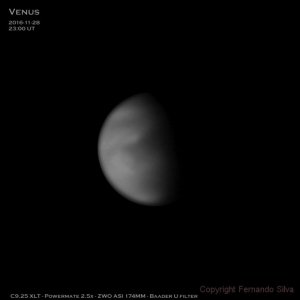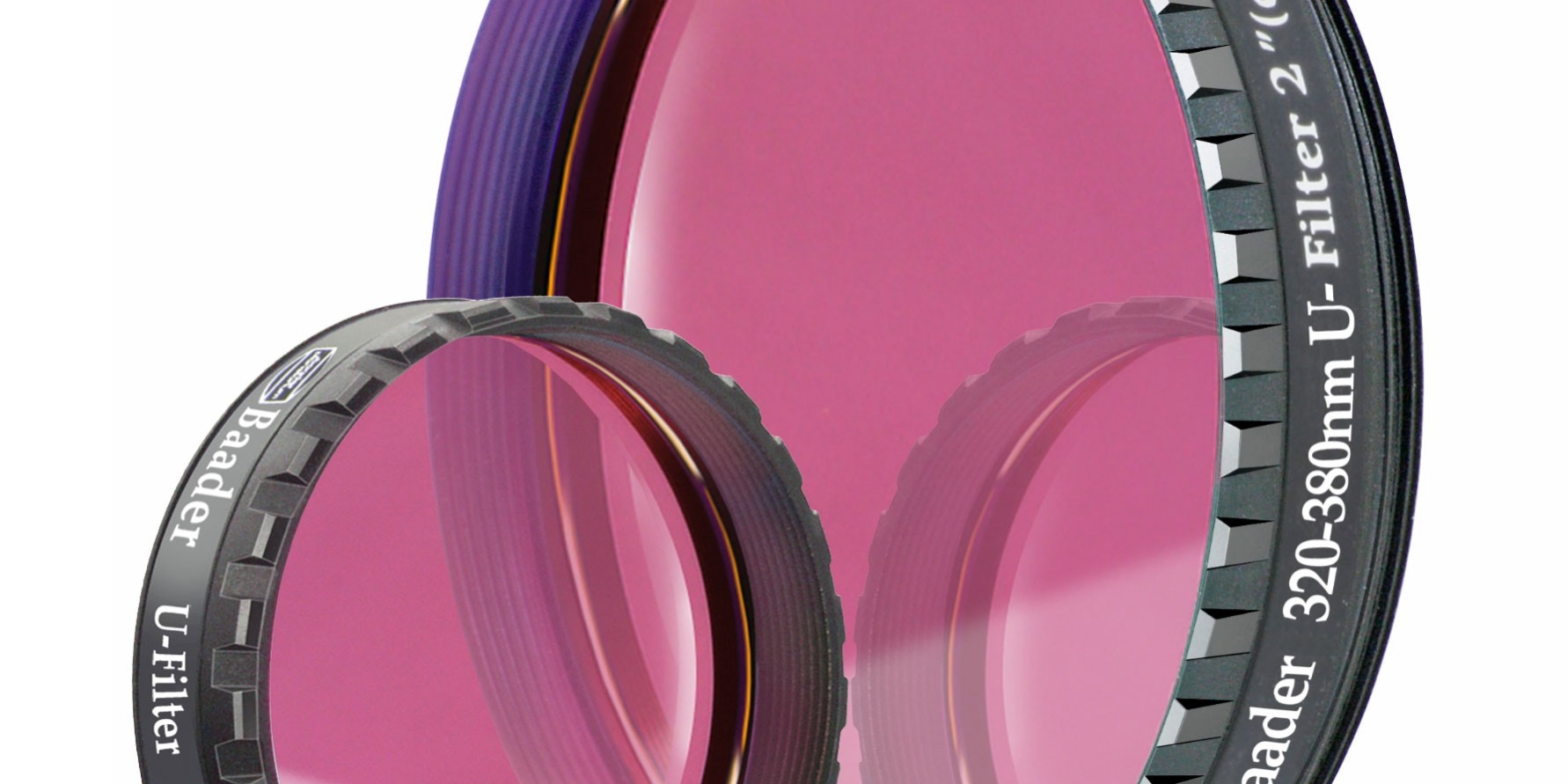For the first time in what has seemed a very long while, it was clear the other night (15th Jan). As I was about to close the blinds I noticed a bright star low in the south west and thought at first it was going to be a bright ISS pass until I realised it was actually Venus. Its the first time I have seen Venus since it emerged into the western evening sky last year as its been hidden by a large patch of trees.
The good news is that Venus will continue to increase in altitude over the coming months. At the moment Venus has a gibbous phase and, as the planets travels towards us in its orbit, its phase will change to a crescent. It will have its greatest eastern elongation (i.e. eastwards of the Sun) on March 24 and reach its greatest brightness on April 28 where it will reach a magnitude of ~4.6.

Venus’ approximate position in the evening sky from January until May 2020
With Venus becoming a dominant evening object, it is is a good time to image the planet.
When imaging Venus in white light it can appear featureless and bland. However, move your imaging into the shorter wavelength UV end of the spectrum, cloud structures in the planet’s atmosphere become apparent. For those interested in what UV imaging of Venus can reveal, there is an interesting paper called “Ultraviolet imager on Venus orbiter Akatsuki and its initial results” that can be read here. Baader’s U-Venus filter can help capture these Venusian clouds.

Baader U Venus Filter available in 1.25″ and 2″ sizes
The filter, which has a dielectric multi-coating on fine optically polished Schott Glass, is mounted in Baader’s LPFC (Low Profile Filter Cell) and is available in 1.25″ and 2″ sizes. For the vast majority of imagers the 1.25″ version is the most popular option. The filter as a peak transmission of ~80% at 350nm and a bandwidth of 60nm (320nm-380nm).

Baader U-Venus bandpass (top) with solar spectrum (bottom)
For imaging with this filter a suitable camera sensitive to the blue end of the spectrum is needed and it is recommended, due to the dim image that is produced, that a telescope of ~8″ aperture and above is used.

Venus taken with U-Venus filter and Celestron 9.25″
These filters are available to purchase from ourselves or from one of our authorised Baader Planetarium UK dealers.








